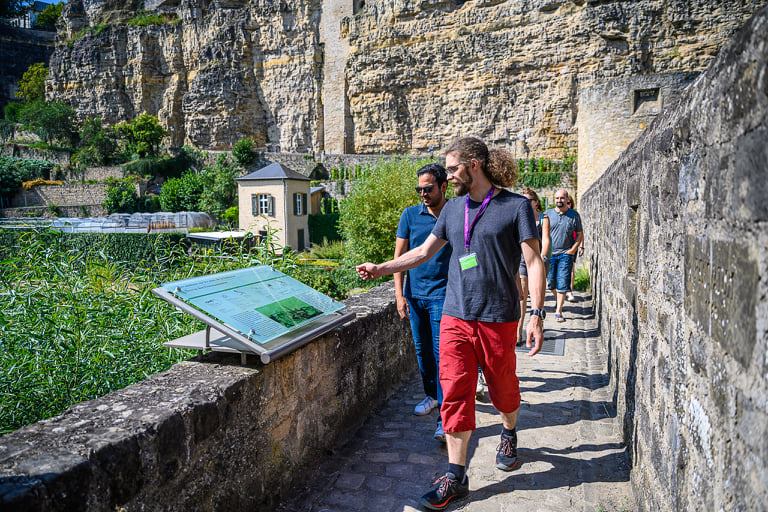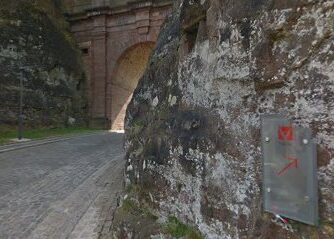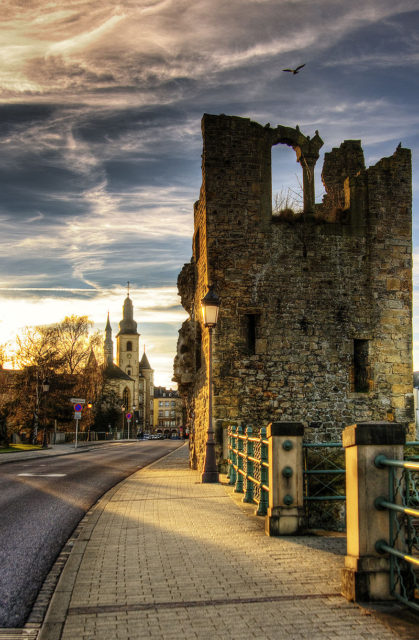Bock casemates
From the MNHA(Musée National d’Histoire et d’Art) and the Fish Market, it’s just a short walk to the most visited of all of Luxembourg’s attractions, the Bock casemates. Following the Rue Sigefroid, one finds the entrance to the 17 km maze of underground passages that remain witnesses of the 23 km in total of underground defences below the old castle that were initially dug out by the Spanish in 1644.
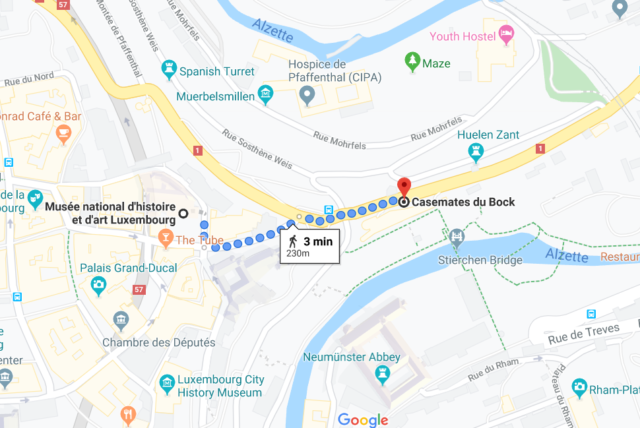

The tunnels were expanded by the French after 1684 and completed by the Austrians after 1737. This amazing engineering feat was the reason behind the characterization of the city of Luxembourg as the “Gibraltar of the North” when after the French Revolutionary Wars (1794) the Bock managed to hold off a French siege of more than seven months.
In 1867, after the declaration of neutrality over 16 years 90% of the defences were demolished. In 1875, the superstructure of the Bock, a tremendous construction, was razed. However, it proved to be impossible to blow up the casemates, without also demolishing a part of the city, so the entrances and the key connecting galleries were sealed. Despite this, 17 kilometres of tunnels remain, often on different levels and tremendous stairways penetrate up to 40 metres inside the rock face.

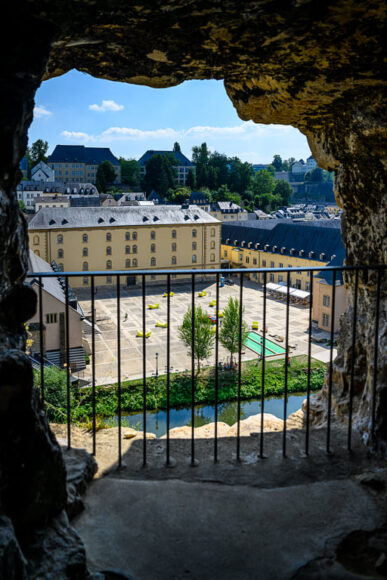

Today the Bock casemates can be visited from March to October. The stairs down from the entrance lead to the huge archaeological crypt where wall plates give an overview of the history of the fortifications. More stairs lead down through the dungeons of Siegfried’s old castle to the casemates themselves, a series of long tunnels down into the rock parallel to the road above. There are several lateral passages as well as chambers and balconies with openings to the north and south. Once emplacements for cannons, today they offer views of the Alzette valley below.
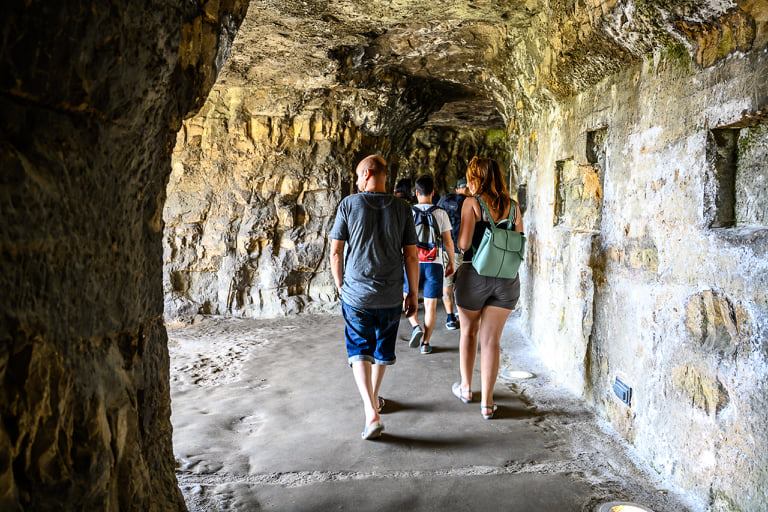
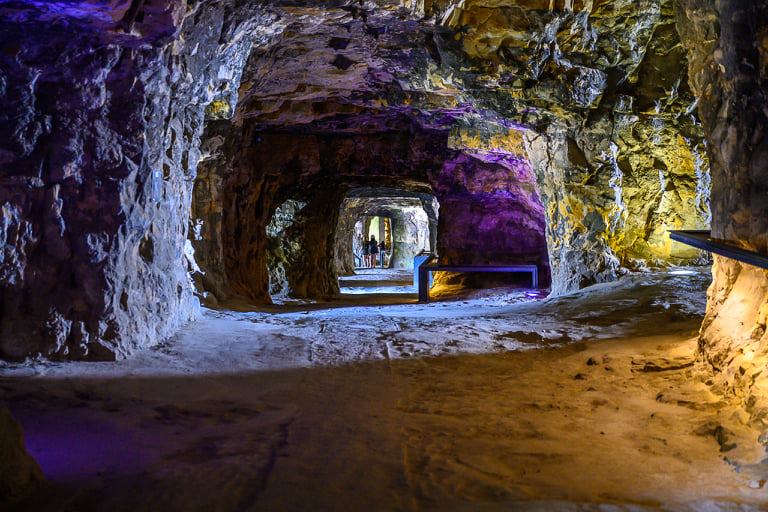
The tour includes a visit to the living quarters of Marshal von Bender, the Habsburg officer who, at the age of 82, coordinated resistance to the French siege in 1794–95. The exit is via the Pont du château onto Rue Sosthène Weiss, once the castle moat. Right on the nose of the Bock promontory Dent Creuse or the Hollow tooth marks the original birthplace of the capital since this is the only remaining trace of the first castle built by Count Siegfried of Lorraine in 965 AD. The city grew around this fortress whose only remnant is this humble tower, a historic landmark for Luxembourgers & a great vantage point of cart-postal pictures for tourists.
